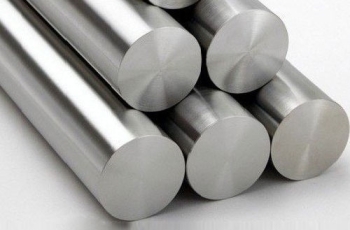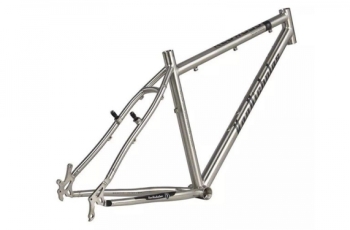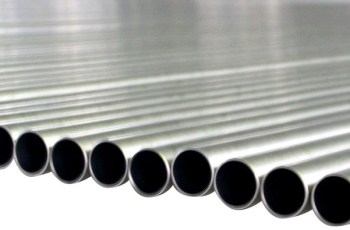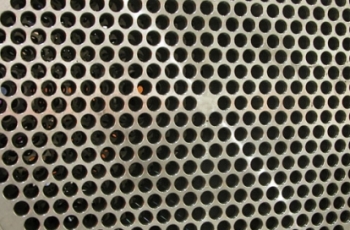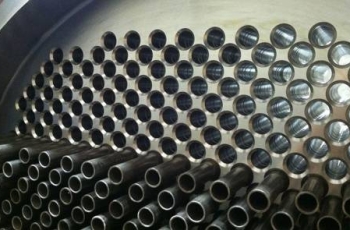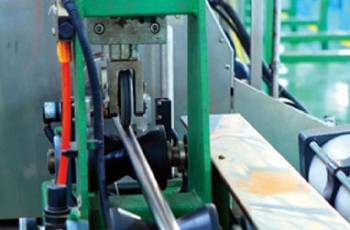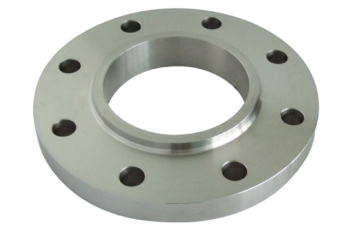Titanium Bar & Rod
Titanium bars are a solid metal with good flexibility, corrosion resistance, and wear resistance. They also have excellent impact resistance and high strength and can withstand tremendous pressure. In addition, titanium bars have a low density, which can reduce weight and save energy. Titanium Bar Performance ● Low Density and High Strength ● Excellent Corrosion Resistance ● Good resistance to the effect of heat ● Excellent Bearing on cryogenic property ● Nonmagnetic and Non-toxic ● Good thermal properties Titanium bars are used extensively in the medical, aerospace, and chemical industries. FD Titanium offers a titanium bar of good quality at a reasonable price. If you have any questions or requests. Please let us know by sending an email to [email protected] Grades of Titanium Bar Titanium bars are available in a variety of grades. The most common grades are GR1, GR2, GR3, GR4, GR5, GR7, GR9, GR23. ● Grade 1 can be used in the drawing parts for its good elongation and corrosion resistance. ● Grade 2 is used most widely in commercially pure titanium ● Grade 3 is almost used in pressure vessels. ● Grade 4 can be used in some fittings parts and fastening pieces, but complex shapes need 300 degrees Celsius to form. ● Alloy grade 5 (Ti-6Al-4V) is widely used in titanium alloys because of its comprehensive mechanical and chemical properties. ● Alloy grade 7 adds little palladium in CP titanium and has the most excellent corrosion resistance; of course, it costs more. ● Alloy grade 9 (Ti-3Al-2.5V) is widely used in golf clubs and bicycle girders. ● Alloy grade 23, ELI (extra low interstitial), can be used in the medical appliance. Chemical Composition of Titanium Bar Mechanical Properties of Titanium Bar Specification of Titanium Bar ASTM B348 Titanium and Titanium Alloy Bars and Billets AMS 4928 Titanium Alloy Bars, Wire, Forgings, Rings, and Drawn Shapes (6Al-4V), Annealed ASTM F67 Unalloyed Titanium for Surgical Implant Applications (UNS R50250,…
More